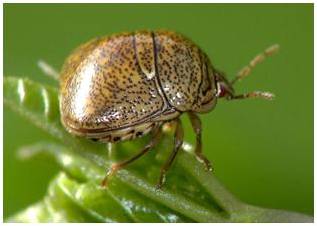Stink Bugs, including the Brown Marmorated type (BMSB), have begun to show up in soybean fields around the state.
The Plant Management Network has developed a webcast titled “Impact and Management of BMSB in Mid-Atlantic Soybean”.
This talk by Virginia Tech entomology professor Ames Herbert Jr., covers:
- Patterns of field infestation by BMSB;
- Conditions that may predispose soybean fields to infestation;
- The impact of BMSB feeding on soybean seed and yield;
- Field management practices that have proven successful with growers; and
- Insecticide efficacy comparisons
Find the webcast at
http://www.plantmanagementnetwork.org/edcenter/seminars/soybean/BMSB/
This 20-minute presentation is open access through November 30, 2013. Viewers can also opt to see a 2-minute executive summary version of the presentation. This shorter executive summary version is permanently open access courtesy of the United Soybean Board and supported by your New Jersey Soybean Board.

